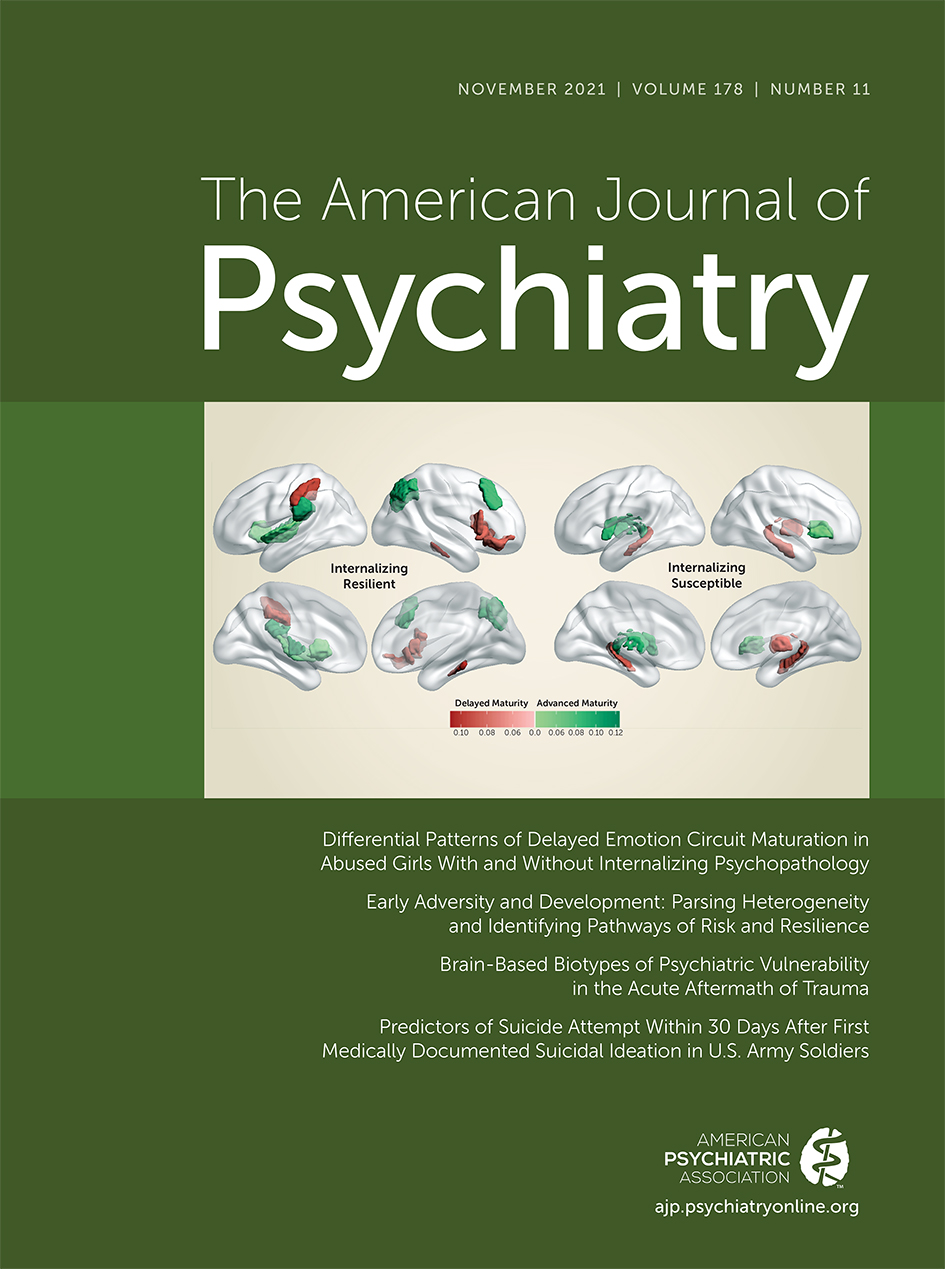Amyloid and Tau in Alzheimer’s Disease: Biomarkers or Molecular Targets for Therapy? Are We Shooting the Messenger?
Abstract
Alzheimer’s disease is a neuropsychiatric disorder with devastating clinical and socioeconomic consequences. Since the original description of the neuropathological correlates of the disorder, neuritic plaques and neurofibrillary tangles have been presumed to be critical to the underlying pathophysiology of the illness. The authors review the clinical and neuropathological origins of Alzheimer’s disease and trace the evolution of modern biomarkers from their historical roots. They describe how technological innovations such as neuroimaging and biochemical assays have been used to measure and quantify key proteins and lipids in the brain, cerebrospinal fluid, and blood and advance their role as biomarkers of Alzheimer’s disease. Together with genomics, these approaches have led to the development of a thematic and focused science in the area of degenerative disorders. The authors conclude by drawing distinctions between legitimate biomarkers of disease and molecular targets for therapeutic intervention and discuss future approaches to this complex neurobehavioral illness.



